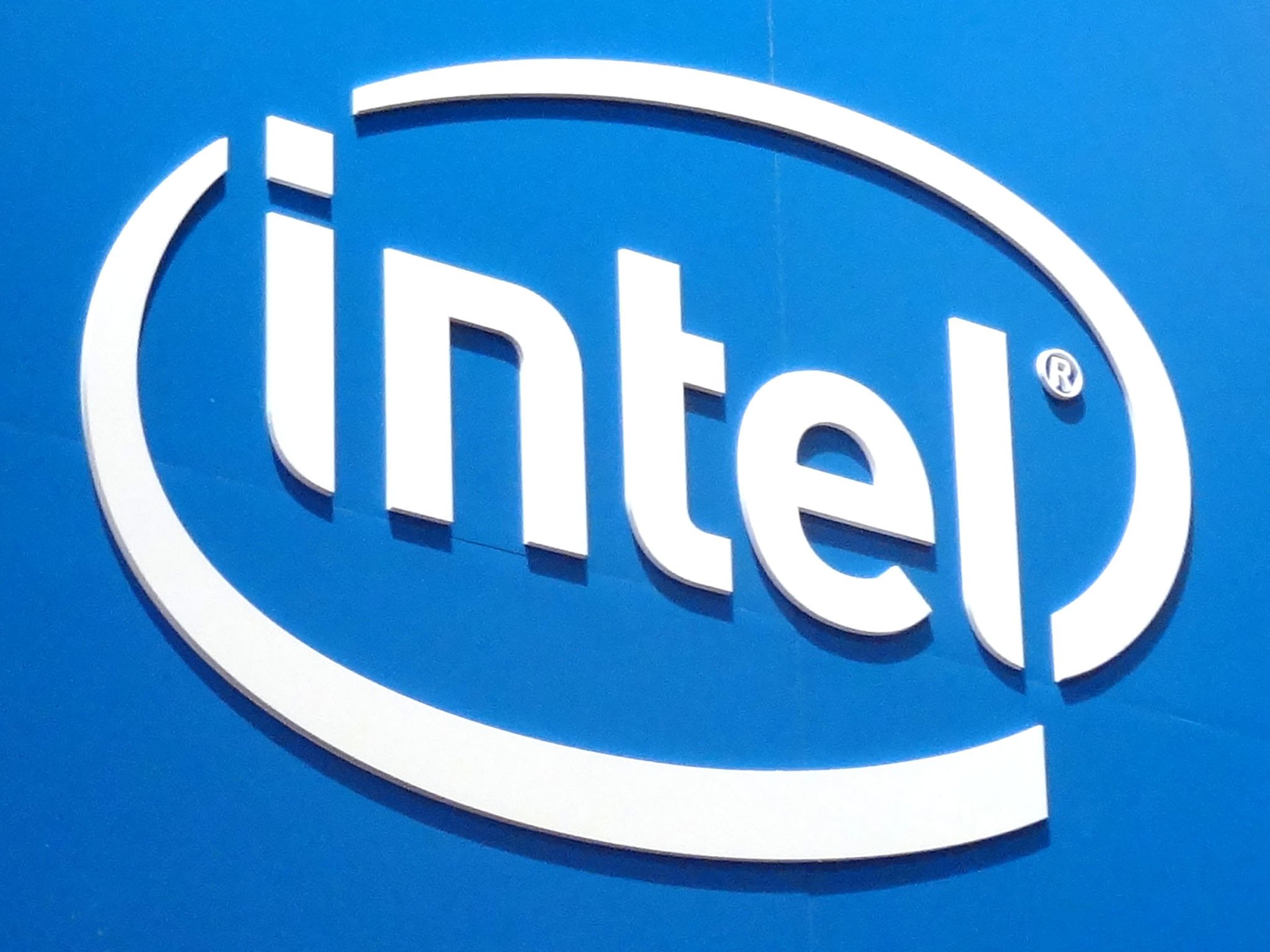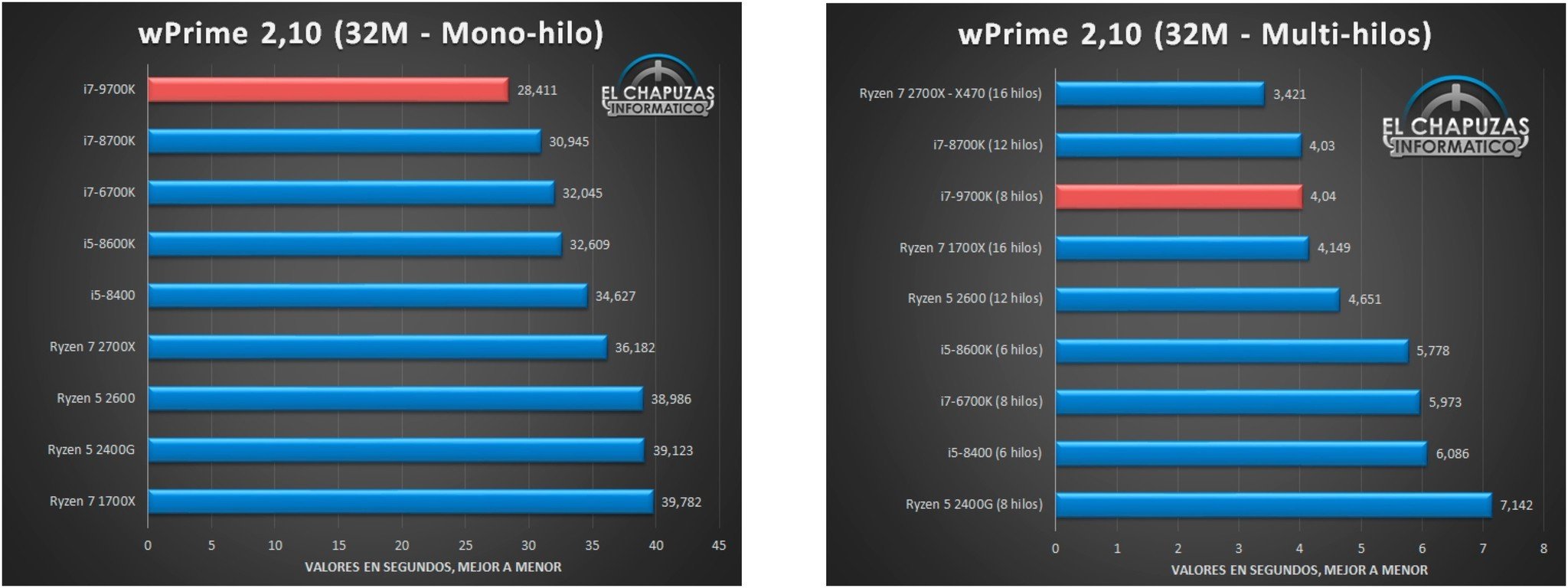Leaked results of Intel i7-9700k shows life without HyperThreads

Intel (and subsequently our beloved Macs) have been stuck in 14nm hell for quite sometime now. Even worse, the roadmap for 14nm chips has been extended for another few years until Intel starts to get its act together to get back the technical roadblocks limiting 7nm production.
- 14nm is still where it's at for Intel
- Another desktop tier
- No substantial Performance difference
- Final comments
14nm is still where it's at for Intel
Until 7nm chips drop, Intel has decided to keep on refining 14nm chips with the next Coffee Lakes having the familiar i3 (budget), i5 (mid-range) and i7 (high-end) lineups. However, for the latest iteration, a new, even higher tier series has been slated called i9.
Where previously, the i7 series of chips supported HyperThreading, now only the i9 will have that distinction. Each tier will have more cores over the previous generation, however.
Another desktop tier
For example last year, the i7-8700k (the highest end desktop CPU from Intel) came with six cores with HyperThreading allowing for 12 threads. This year, the CPU at the i7 tier, called the i7-9700k, will have eight cores and no HyperThreading, therefore only having eight threads of execution available. The i9 series slated for later this year will have eight cores and 16 threads (at a much higher price of course).
No substantial Performance difference
How does the new not-quite-highest-end i7-9700k without HyperThreads stack up against older i7 series CPUs? According to Spanish language tech site "El Chapuzas Informatico", not much will change between last year and this year.
(Photo credit "El Chapuzas Informatico")
Final comments
Some might be disappointed that at the same tier, there is little performance boost from one year to the next. Especially since it seems, that Intel is only artificially creating a new tier for marketing purposes to compete with AMDs Ryzen and ThreadRipper lines. You can get more details from the "El Chapuzas Informatico" website.
iMore offers spot-on advice and guidance from our team of experts, with decades of Apple device experience to lean on. Learn more with iMore!


